Which of the following is a chiral molecule
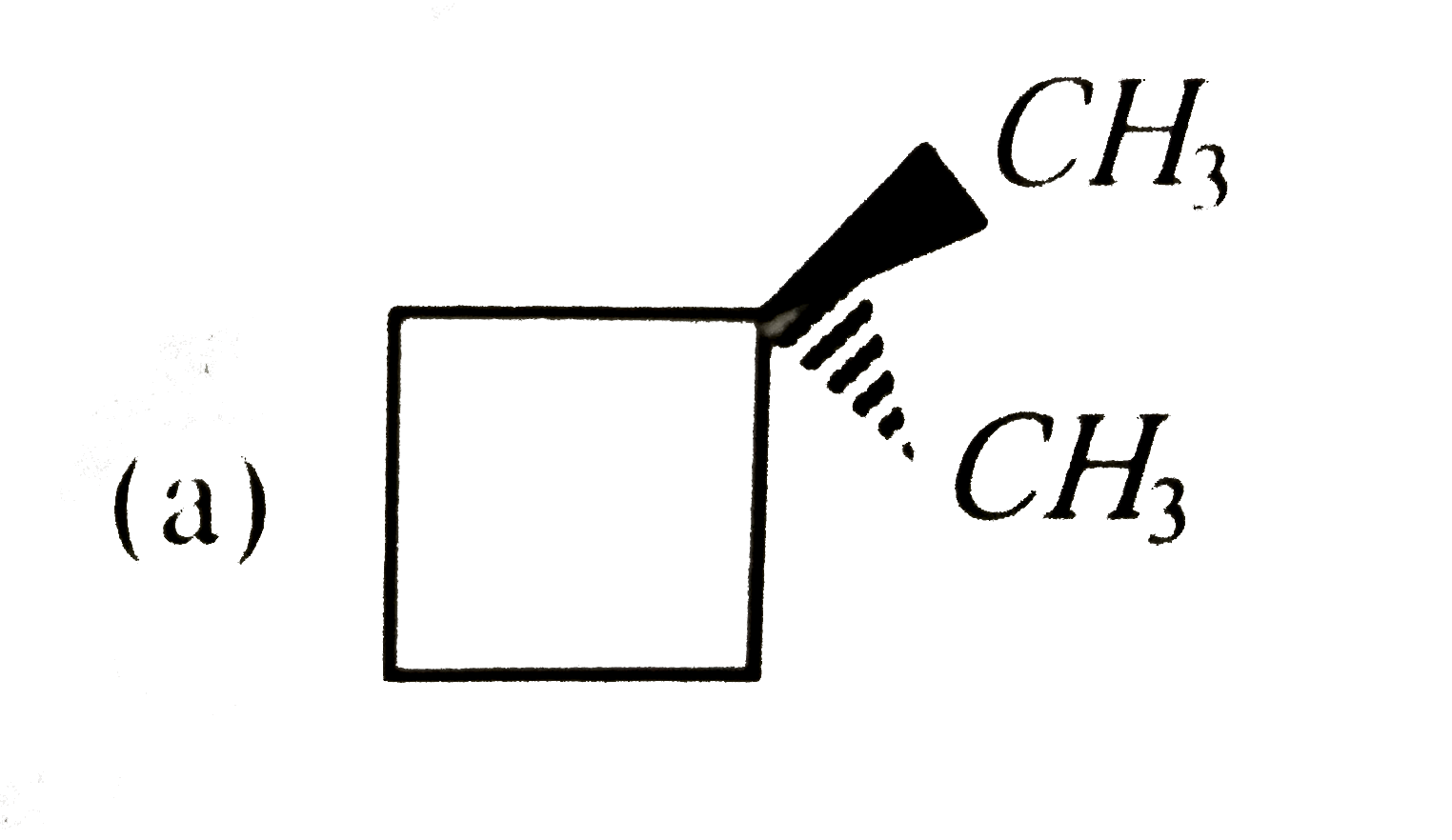
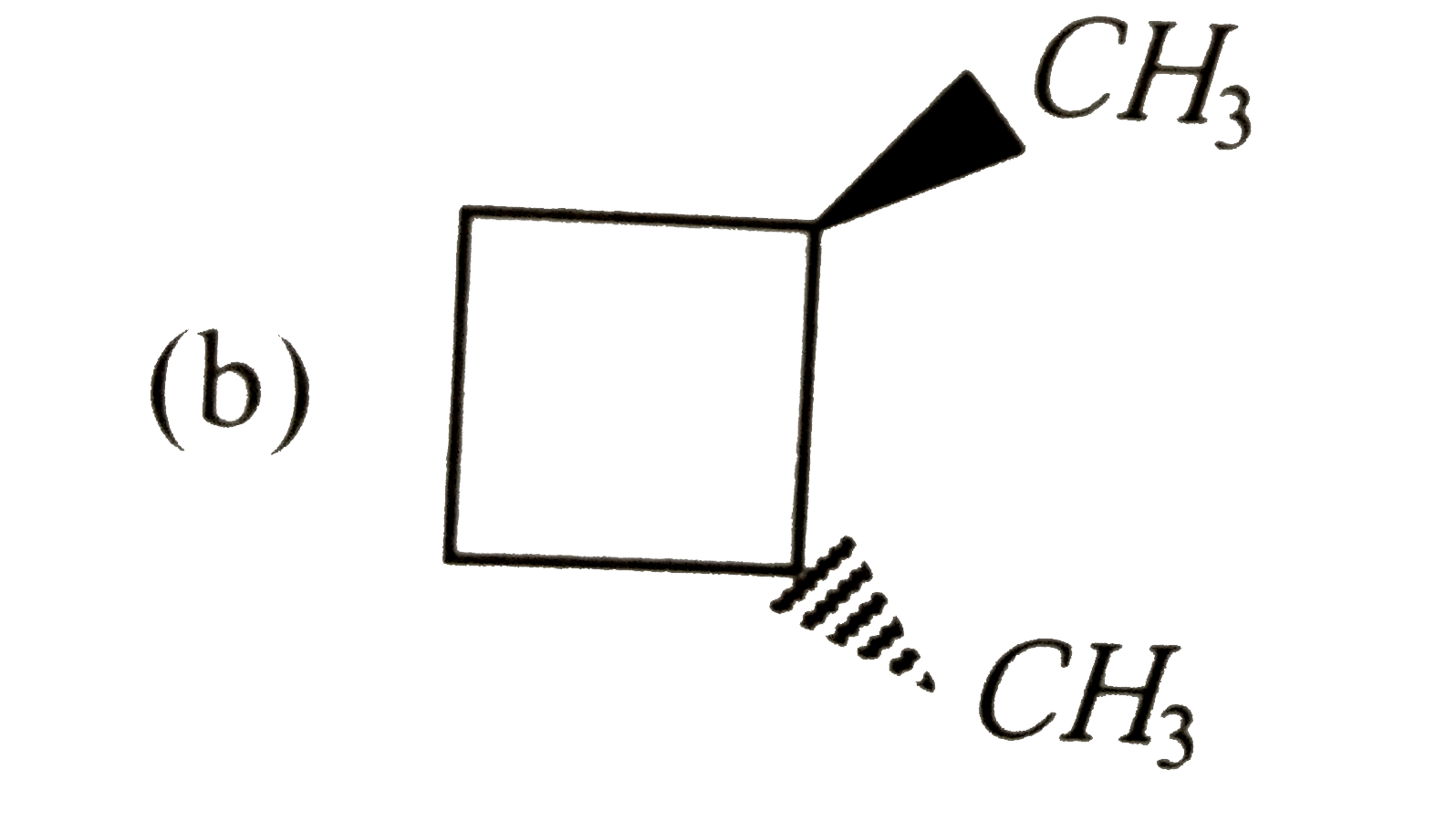

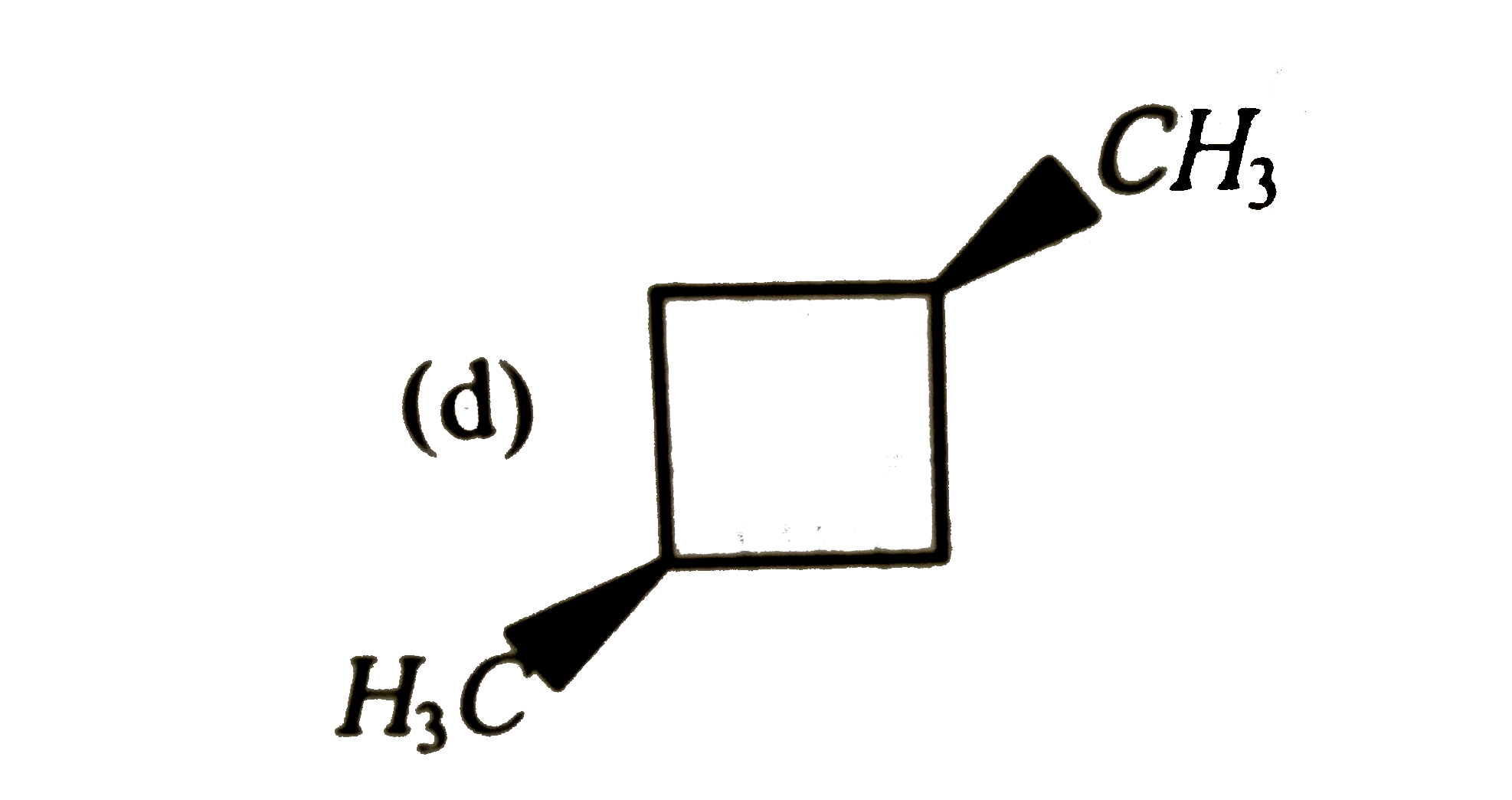
The correct Answer is:B
To determine which of the given options is a chiral molecule, we need to follow these steps:
Step 1: Understand Chirality
A molecule is considered chiral if it has at least one carbon atom (chiral center) that is bonded to four different groups. This results in non-superimposable mirror images, meaning the molecule cannot be aligned with its mirror image.
Hint: Remember that a chiral center must have four different substituents attached to it.
Step 2: Analyze Each Option
1. Option 1: Check if the carbon atoms in this molecule are chiral. If any carbon has two identical groups attached, it cannot be chiral.
- In this case, both methyl groups are the same, indicating no chiral center.
Hint: Look for identical groups attached to the same carbon; it indicates non-chirality.
2. Option 2: Examine the structure of this molecule. Identify the carbon atoms and their substituents. If there is a carbon bonded to four different groups, it is chiral.
- Here, if we visualize the molecule, we can see that one carbon has two different groups (like a methyl group above and another below), indicating that it is indeed chiral.
Hint: Visualize the 3D arrangement of the groups around the carbon to confirm chirality.
3. Option 3: Similar to the previous steps, check the carbon atoms. If any carbon has identical groups, it cannot be chiral.
- In this case, if there is a plane of symmetry (POS), then the molecule is not chiral.
Hint: Look for symmetry in the molecule; a plane of symmetry indicates non-chirality.
Step 3: Conclusion
After analyzing all the options, we find that Option 2 is the only one that meets the criteria for chirality, as it has a chiral center with four different substituents.
Final Answer: Option 2 is a chiral molecule.
A molecule is considered chiral if it has at least one carbon atom (chiral center) that is bonded to four different groups. This results in non-superimposable mirror images, meaning the molecule cannot be aligned with its mirror image.
1. Option 1: Check if the carbon atoms in this molecule are chiral. If any carbon has two identical groups attached, it cannot be chiral.
- In this case, both methyl groups are the same, indicating no chiral center.
- Here, if we visualize the molecule, we can see that one carbon has two different groups (like a methyl group above and another below), indicating that it is indeed chiral.
- In this case, if there is a plane of symmetry (POS), then the molecule is not chiral.
After analyzing all the options, we find that Option 2 is the only one that meets the criteria for chirality, as it has a chiral center with four different substituents.
Topper's Solved these Questions
- GENERAL ORGANIC CHEMISTRYBook:ERRORLESS Chapter:GENERAL ORGANIC CHEMISTRYExercise:Classification and nomenclature of organic compounds
Explore 117 Videos
- GENERAL ORGANIC CHEMISTRYBook:ERRORLESS Chapter:GENERAL ORGANIC CHEMISTRYExercise:Critical Thinking (Objective Questions)
Explore 44 Videos
- GENERAL ORGANIC CHEMISTRYBook:ERRORLESS Chapter:GENERAL ORGANIC CHEMISTRYExercise:Organic reactions and their mechanism
Explore 67 Videos
- GASEOUS STATE Book:ERRORLESS Chapter:GASEOUS STATE Exercise:JEE SECTION JEE (Advanced) 2018 Numeric answer type question
Explore 1 Video
- HALOGEN CONTAINING COMPOUNDBook:ERRORLESS Chapter:HALOGEN CONTAINING COMPOUNDExercise:Critical Thinking (Jee (Advanced) 2018)
Explore 1 Video
Similar Questions
Knowledge Check
Which of the following is a chiral molucule ?
A1-chloroB2-chloro propaneC1- chloro butaneD2- chloro butaneWhich of the following is chiral?
AC2H5−CH3∣P∣C6H5=OB CC2H5−CH3∣N⊕∣C6H5−HD
CC2H5−CH3∣N⊕∣C6H5−HD
Which of the following is chiral ?
A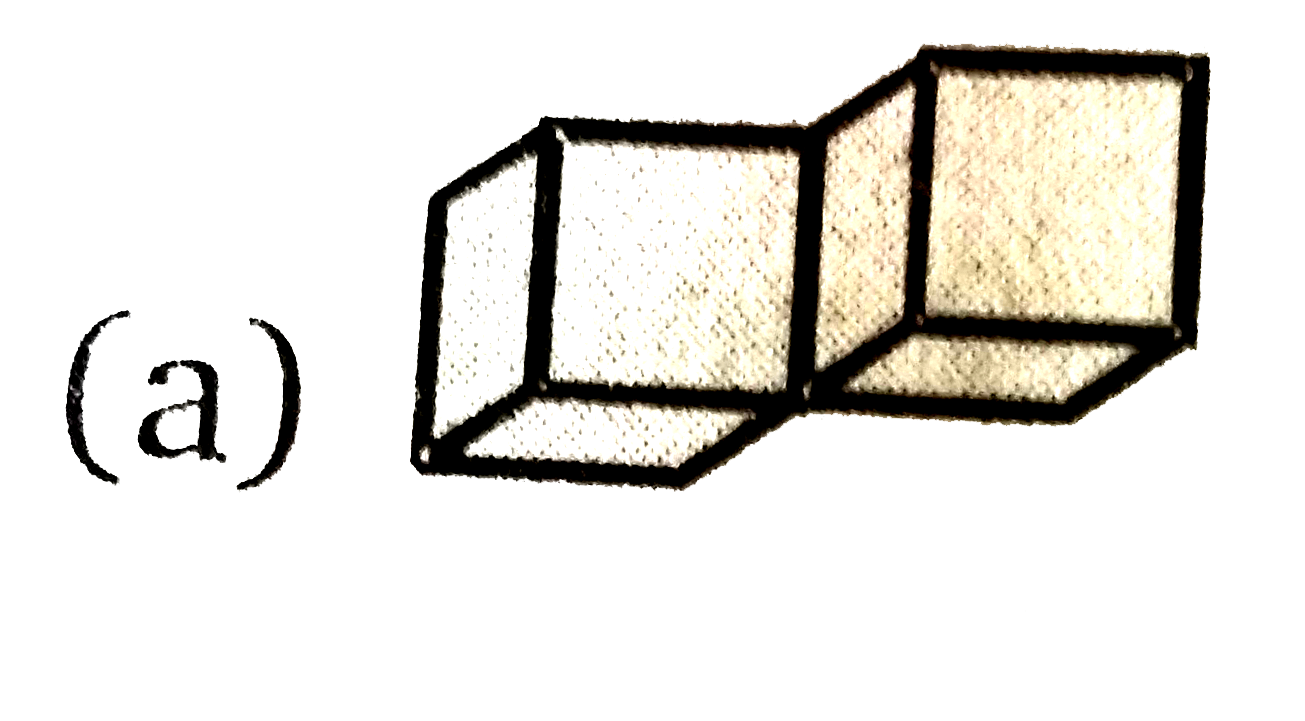 B
B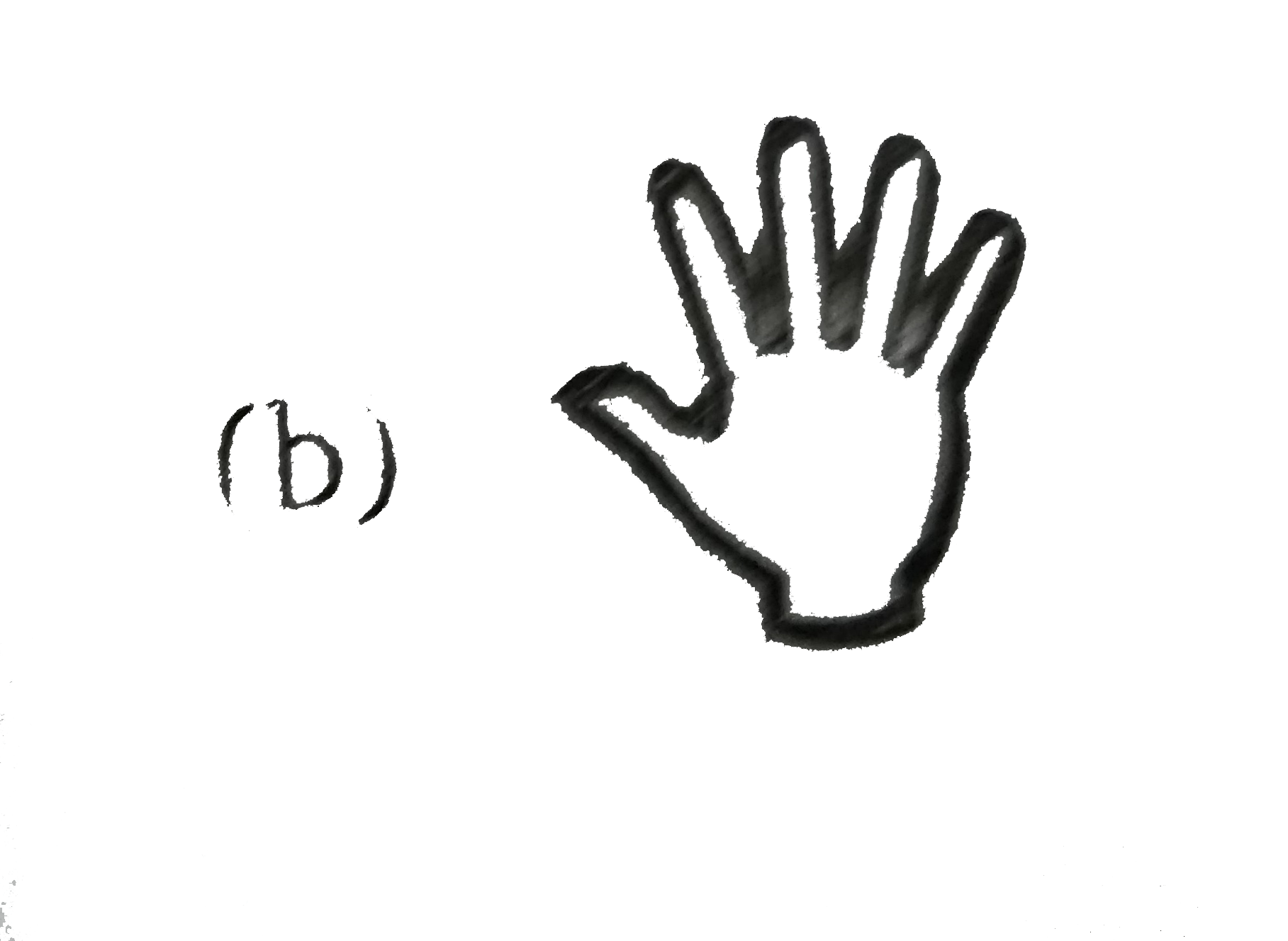 C
C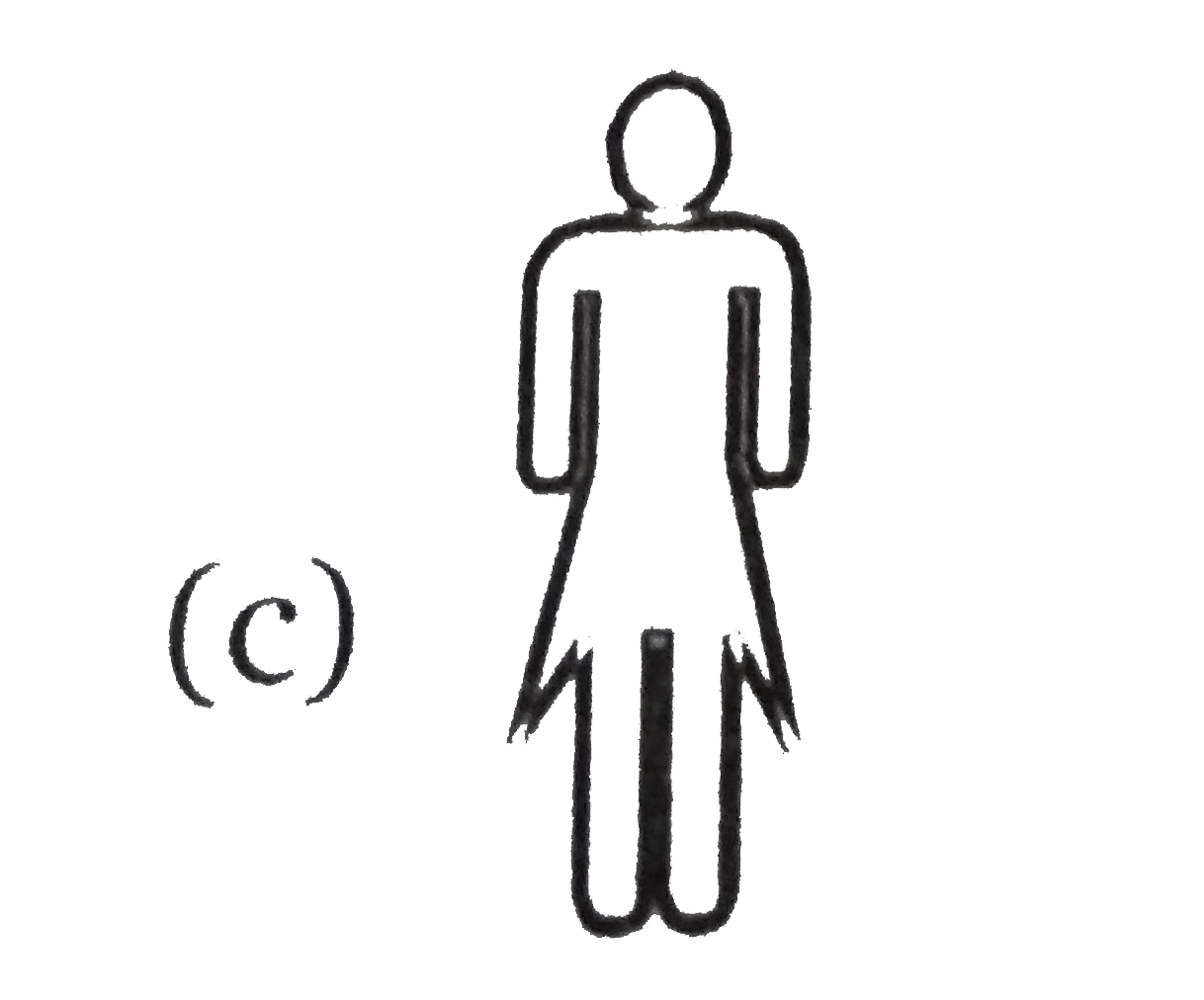 Da molecule of 3-methyheptane
Da molecule of 3-methyheptane

